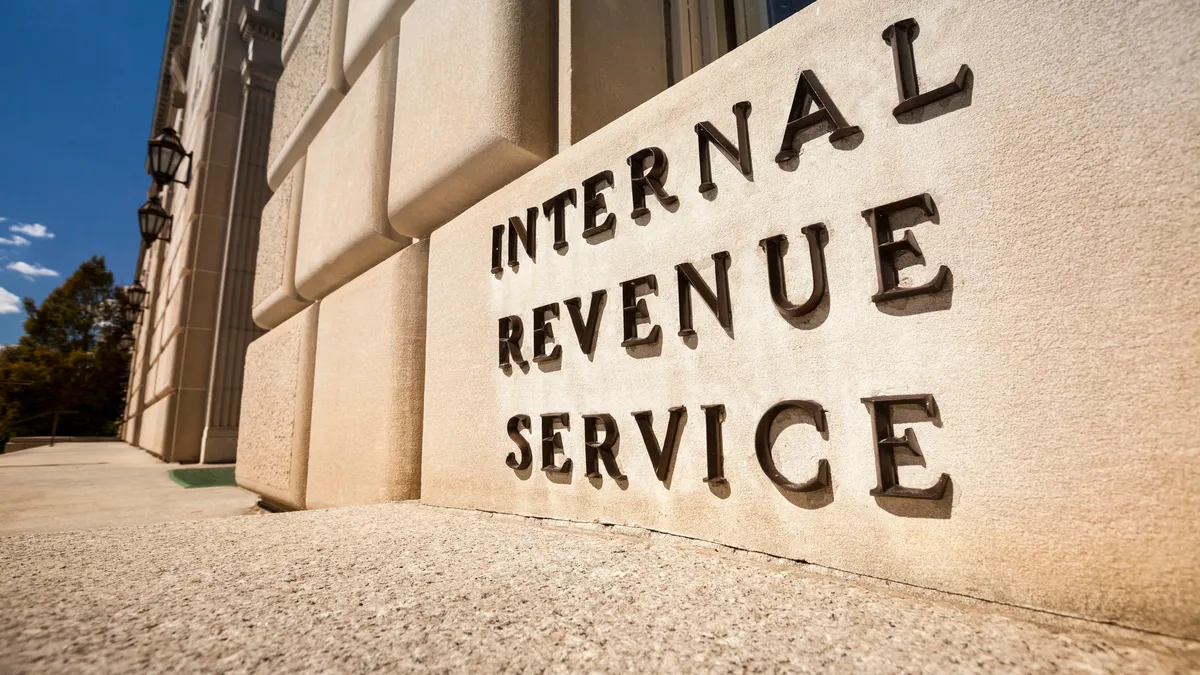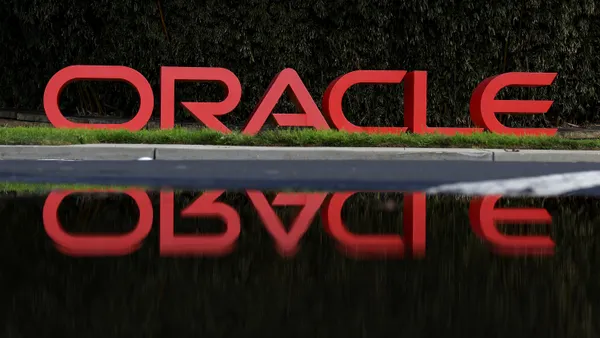Dive Brief:
- The typical company leaves hundreds of thousands of dollars on the table each year by retaining its manual processes for paying invoices, Chris Happ, CEO of automated payments company Goby, said Thursday in a CFO.com webinar.
- The typical company pays up to $20 in administrative costs per invoice when the AP function is manual, compared to about $5 per invoice with an automated system, Happ said.
- Larger companies leveraging partial automation and economies of scale probably pay closer to $9 per invoice, but the business case based on the available savings remain compelling, he said.
Dive Insight:
In addition to the reduction in staff costs you can realize through automation, by better using your existing staff and reducing your need to hire temporary staff or otherwise outsourcing rote payment tasks, you can generate savings in a number of ways, he said. Among them:
- Avoid paying late fees. Invoices will inevitably fall between the cracks in a manual system, especially when it comes to utility invoices, which Happ said are notoriously complicated and often take a long time to process.
- Generate early-payment discounts. The typical discount is 2%, so if you can regularly generate these discounts, the savings can add up quickly.
- Negotiate reduced prices. Separate from discounts generated on a case-by-case basis, you can build reduced prices into your agreements for recurring purchases based on an early-payment system you create.
- Reduced fraud and errors. Based on how you set parameters in your system, you can flag questionable invoices and reduce keying and other payment errors. Happ said large companies that process tens of thousands of invoices a year can be susceptible to fraud just because of the sheer number that goes through their system. In one type of fraud that’s bedeviled large companies, fraudsters submit hundreds of invoices with small dollar amounts that AP staff routinely pay because to pull them aside to check each one individually is cost prohibitive.
Happ said it’s not unusual for staff to be reluctant to shine a spotlight on the number of invoices that have payment errors in them, but they should know that payment errors are not unusual and they shouldn’t let that stop them from exposing problems as part of the justification for automating the system. “I don’t think there’s any shame in having those,” he said.
Another reason for automating the AP function is the rich data you can generate. In a manual process, it’s typically only the payment total that gets keyed in and stored in a database for recordkeeping and reporting. In an automated system, Happ said, every line item in an invoice is captured digitally, creating “data lakes and troves of information” that finance executives can analyze for operational insight that can lead to more informed purchase decisions.
In polls conducted during the webinar, about 40% of attendees said they automate less than 10% of their payment processes, and about 30% said they’re only now starting to learn about automation. Given the typical business can save about $230,000 a year using an automated process, it might be time to change those numbers. Goby is a sponsor of the webinar.












